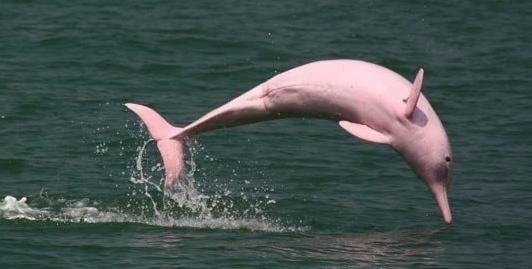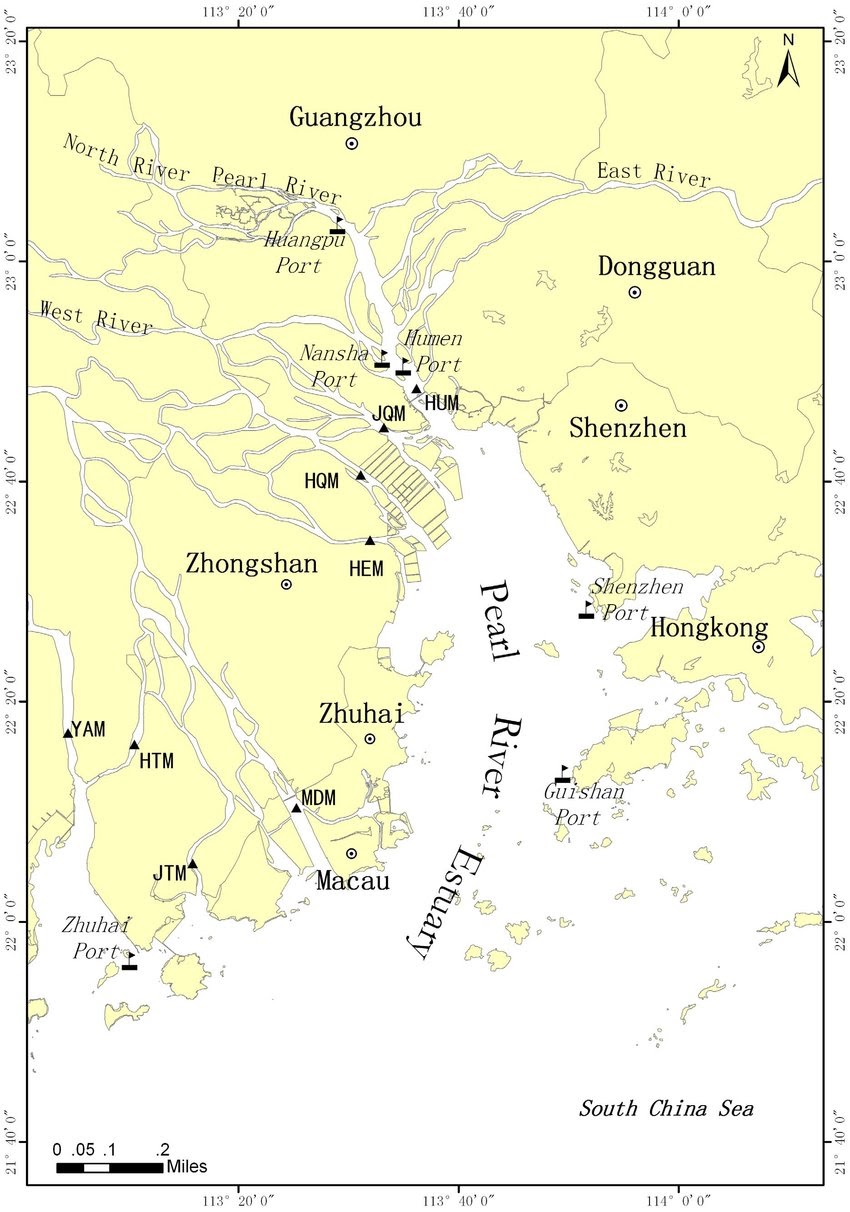Biodiversity & Environment
Dolphins in Pearl River Estuary
- 19 Oct 2020
- 3 min read
Why in News
According to a recent report, Chinese pink dolphins are making a comeback in the Pearl River Estuary (PRE).
- Indo-Pacific humpback dolphins are also known as Chinese white dolphins or pink dolphins, reflecting the colour of their skin.
Key Points
- Pearl River Estuary:
- It includes Hong Kong, Macau as well as the mainland Chinese cities of Shenzhen, Guangzhou and Dongguan. Around 22 million people live in the area.
- The Pearl River Delta, the low-lying area surrounding the PRE where the Pearl River flows into the South China Sea, is one of the world’s most densely urbanised, heavily industrialised and busiest shipping lanes on Earth.
- Current Scenario and Reasons Behind:
- Dolphins use echolocation to find their way in the water and the ships often disturb them in finding their way and even kill them.
- Echolocation is a technique used by bats, dolphins and other animals to determine the location of objects using reflected sound.
- This allows the animals to move around in pitch darkness, so they can navigate, hunt, identify friends and enemies, and avoid obstacles.
- However, dolphin numbers in the waters between Hong Kong and Macau have seen a rebound in 2020 because Covid-19 pandemic has stopped ferries and hence reduced their traffic.
- The number of pink dolphins in the waters has roughly increased by a third according to scientists.
- Dolphins use echolocation to find their way in the water and the ships often disturb them in finding their way and even kill them.
- Indo-Pacific Humpback Dolphin:

- Scientific Name: Sousa Chinensis.
- Habitat Range:
- Its total range is in coastal waters from central China southward throughout Southeast Asia and westward to the Bay of Bengal, with highest densities in and around estuaries.
- The distribution is fragmented such that these dolphins are apparently absent from fairly long stretches of coastline. It is not always clear whether the fragmentation is ‘natural’ or caused by human activities.
- The World Wildlife Fund for Nature (WWF) says the population in the PRE is believed to be around 2,500, but falling numbers of young could reduce numbers in future.
- They have seen a decline in their numbers in the past 15 years by 70-80%.
- Threats:
- Agricultural, industrial, and urban pollution.
- Overfishing.
- Marine construction including bridge-building and land creation for airport expansion and residential/office development.
- Transport including fast ferries.
- Selling into captivity at marine “entertainment” parks and aquariums worldwide.
- Effects:
- Loss of suitable habitat, the mortality of dolphins from entanglements and vessel strikes, and the possible effects of chemical, sewage and noise pollution on their health.
- Conservation:
- IUCN Status: Vulnerable.







